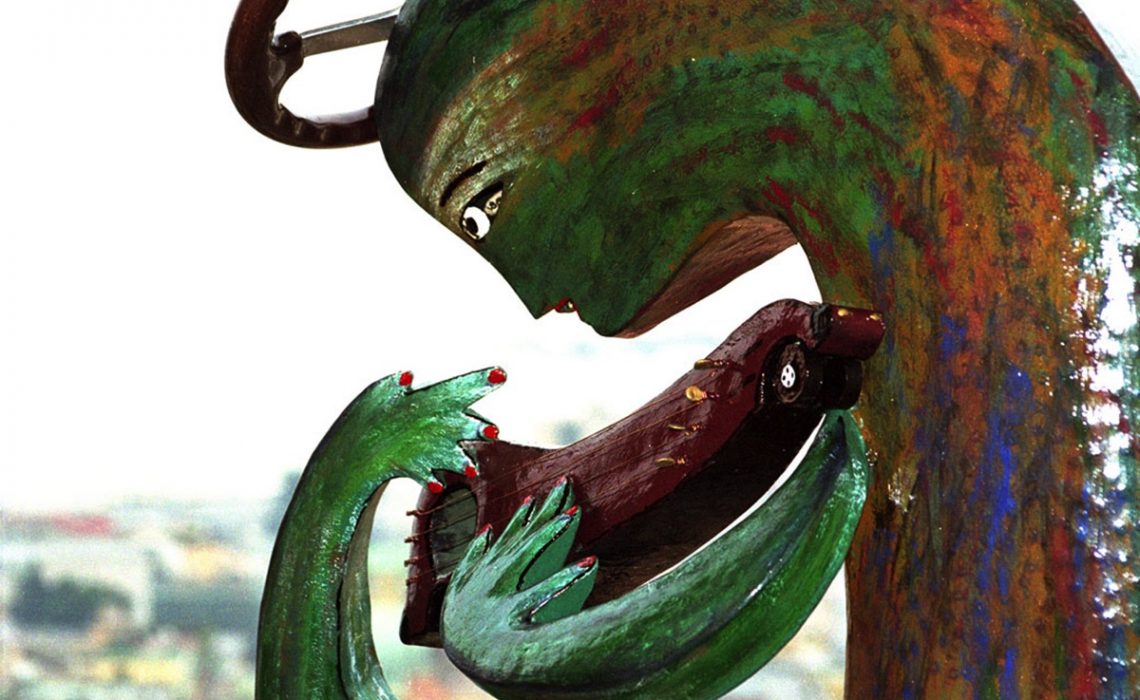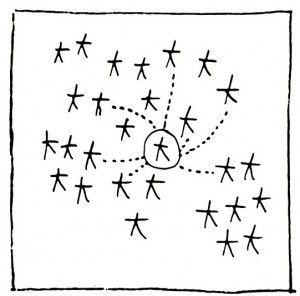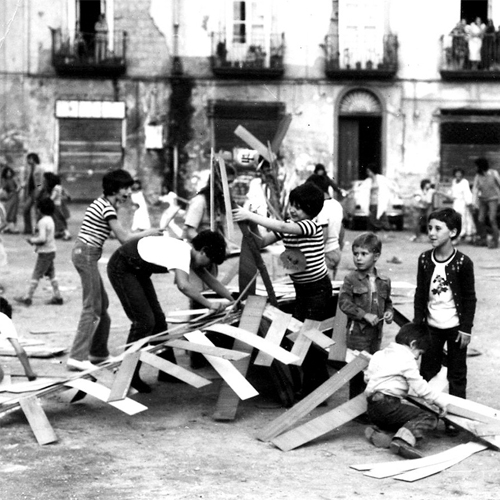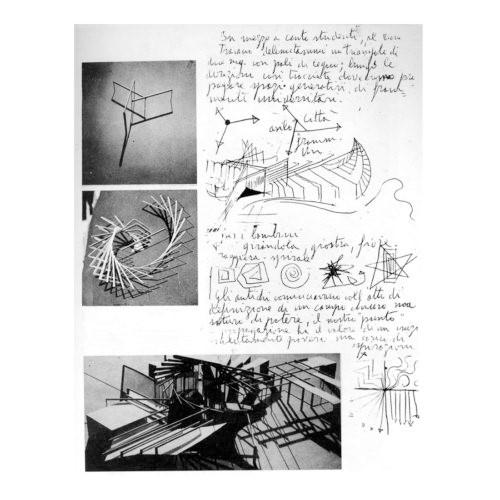
On the threshold of the twentieth century, John Ruskin suggested looking for two essential elements in the buildings that host us: a solid shelter and an echo of what is considered important and worthy of memory. This consideration seems to be linked to the definition that Yona Friedman would theorize, almost a century later, about sustainable architecture. The cities for living are made up of buildings, which starting from the fundamental idea that home is the place that offers a roof, food and intimacy. The design of environments is the creation of the one who lives there. Starting from such a premise, it is perhaps necessary to ask what new paths open today for architecture. And, above all, what fundamental new role is up to the architect, in a reality that inevitably has to look to a more sustainable and supportive tomorrow? How not to recall then the great lesson of Riccardo Dalisi and his “(liberated) child” in the heart of the urban suburbs…
Between animation architecture and anthropology
“[…] If it is not also anthropology, animation is nothing. The aesthetic operator investigates the heart of tradition by making it re-emerge, showing it, acting it, re-meaning it. The use, the jargon, the value, the belief, the ancient techniques of artisan work revive; animation makes them re-emerge, but the aesthetic action acts on them, shows them with infusion within a more current sense and extends them over time, for months, until it leaves a mark on the environment. […] There is a need to reread and demonstrate its buried cultural potential to the neighborhood. “
The experience of the architect Riccardo Dalisi at the Rione Traiano in Naples, as well as at the “Casa del Popolo” in Porticelli, arises from the intuition that there is a great need to start again from the urban peripheries, those places full of “[…] values that organized society has no longer considered because it has found no place to insert them into its narrow and ineluctable mechanisms. “
In the seventies, in a vital social fervor that leads artists to take to the streets, Dalisi and his students would open one of the most beautiful interventions in favor of the enhancement of the territory and the most fragile realities. In Dalisi there will always be an artistic partnership between architecture, art and craftsmanship, as well as great attention to uniqueness, which can derive from the commitment and imagination of the youngest. His children at Traiano, will be proponents of multiple activities, which will trace new possibilities of urban regeneration following a concrete study of the real requirements, that a good building must possess so that it can be considered the heritage of all:
“[…] I will say that in my opinion contemporary architects should do everything to ensure that the architecture of the next few years is less and less the representation of those who design and more and more the representation of those who use it.”

©Courtesy Yona Friedman http://www.yonafriedman.nl

© Courtesy Riccardo Dalisi https://www.riccardodalisi.it
The essentiality of civil commitment
“Everything created is a miracle, it is the concrete and visible outcome of a patient work that goes hand in hand with the less conspicuous one both for us and for others […]
The result the laboratory aims at is of a civil nature: if we look for solutions for street furniture it is because through the image the user reflects on the defense of common goods, water, for example, on the elimination of waste, on the traffic; the relationship with institutions is changed by responsible care of urban spaces … “
The strongly felt experience of Riccardo Dalisi and all the experiments carried out in the Eighties, Nineties and 2000s, lead to an ever more marked certainty that architecture, as well as all art, when they converge, active, inexorably push to the change. It will therefore be necessary for its supporters, having realized the importance and responsibility of the role they invest, to commit themselves so that “creativity that has no limits, has no borders, no closure” is the cry for a “true, concrete emancipation”, ALWAYS NEW.

©Courtesy Yona Friedman http://www.yonafriedman.nl
Bibliography
Y. Friedman, L’architettura di sopravvivenza. Una filosofia della povertà, Bollati Boringhieri, Torino 2003.
T. Abbate, Il bambino liberato. Riccardo Dalisi e le periferie urbane, Artetetra, Capua 2019.
R. Dalisi, Architettura d’animazione. Cultura del proletariato e lavoro di quartiere a Napoli, Beniamino Carucci editore, Roma 1975.
G. De Carlo, L’Architettura della partecipazione, Quodlibet, Macerata 2015.
A. Pioselli, L’arte nello spazio urbano, Johan&Levi editore, Milano 2015.
Images Archivio Dalisi, recognized of cultural interest by the Archival and Bibliographic Superintendency of Campania.